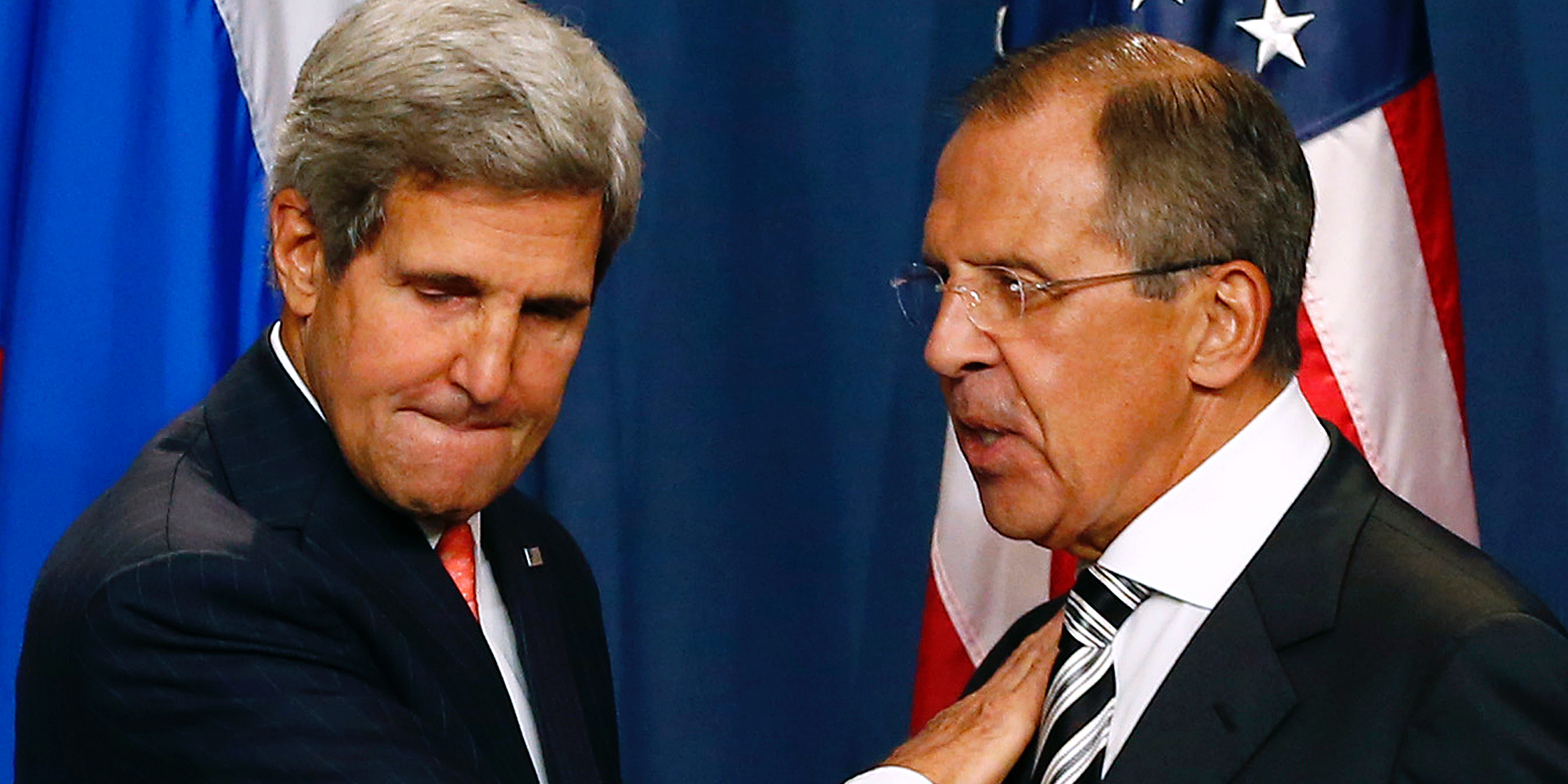On Monday, the same day that the US and Russia suspended bilateral talks over the fate of Syria, Russia deployed its advanced SA-23 Gladiator missile defense system to Syria, US officials told Fox News.
The SA-23 represents an interesting choice of deployment for Russia, as it fires two types of missiles, one that can counter any US cruise missile attack, and one that can counter intermediate-range ballistic missiles.
As one US official put it sarcastically, “Nusra doesn’t have an air force do they?” referring to Jabhat al-Nusra (recently rebranded as Jabhat Fateh al-Sham), an al-Qaeda linked group fighting against the Russian-aligned Assad regime in Syria.
In fact, Nusra doesn’t have an air force, neither does ISIS, nor do any of the myriad rebel or jihadist groups fighting against the Assad regime. None of them operate cruise missiles or intermediate-range ballistic missiles either.

Only the US and members of the US-led coalition have air forces and naval vessels capable of firing cruise missiles from the Mediterranean or ballistic missiles from intermediate ranges. The US openly considered the prospect of bombarding Syria with cruise missiles in 2013 when Assad crossed Obama's "red line" by using chemical weapons on his own people, though Obama ultimately declined to take this action.
Meanwhile, the international community has watched as Russian and Syrian warplanes bomb hospitals and UN aid envoys. Most recently, Russian, or Syrian warplanes with Russian support, have been linked to dropping bunker-busting bombs on hospitals built into caves specifically to avoid being targeted by airstrikes.

The move also coincides with Russia suspending an agreement with the US on disposing enough weapons-grade plutonium to make 17,000 nuclear weapons due to alleged "unfriendly acts" by the US towards Russia.
The SA-23 system joins Russia's advanced S-400 missile defense battery to create a layered air defense zone.

